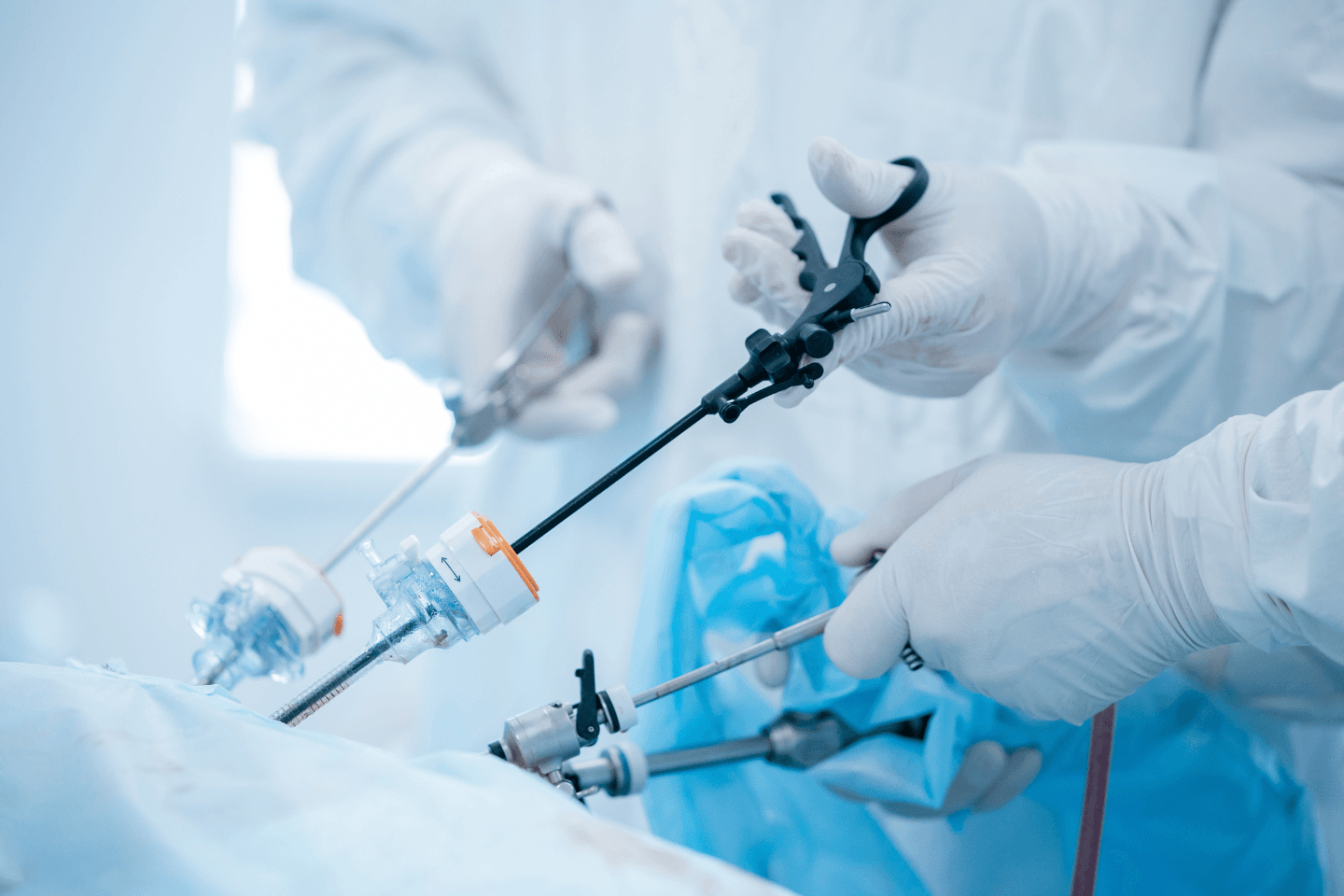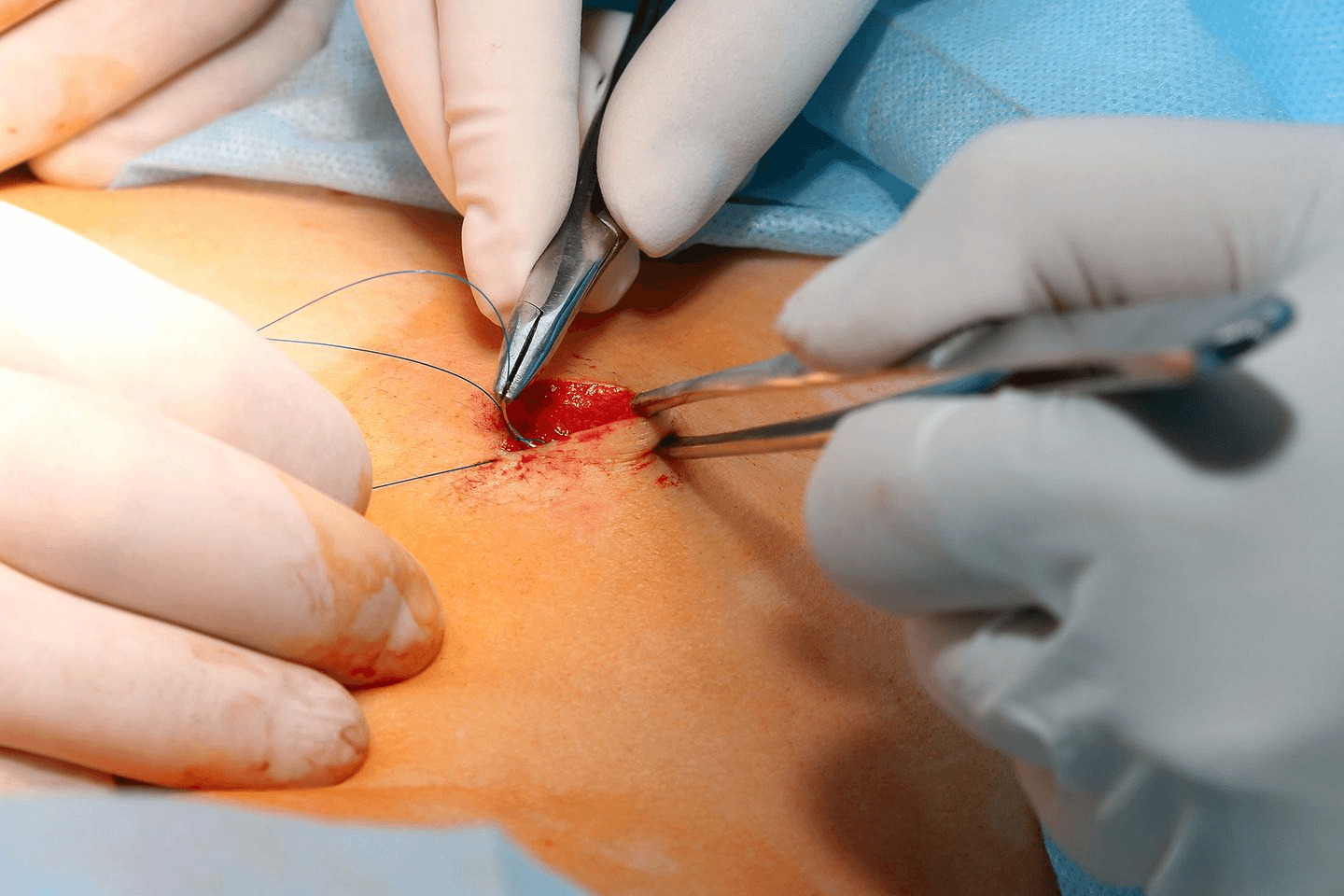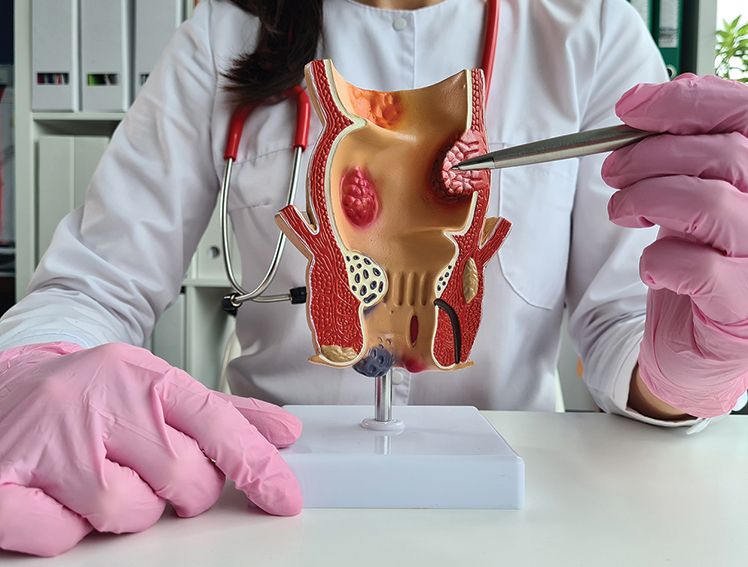
Open vs Laparoscopic Surgery: Which is the Better Option?
Introduction
If you're preparing for surgery, understanding your treatment options is one of the most essential steps in your healthcare journey. There are two main approaches to surgery: open surgery (the traditional method) and laparoscopic surgery (a modern, minimally invasive method). While your surgeon will recommend the best approach for your specific condition, it's completely normal to have questions about your procedure, recovery time, and what to expect after surgery.
No question is unimportant, and therefore, do not hesitate to ask your doctor. A major concern for anyone due for surgery is ‘how invasive is the surgery?’ Read on to understand which of these procedures is suited for you.
What is open surgery?
Open surgery is the traditional surgical method where the surgeon makes a large cut (incision) in the body to reach the area that needs treatment. This incision can range from 4 to 10 inches long, giving the surgeon direct access to organs, tissues, or bones that need repair or replacement.
For example, a surgeon may use open surgery instruments such as surgical staplers to remove an organ, cutting through tissues or even join two structures. Meril Life’s Mirus Linear Stapler is one such instrument that offers adjustable intermediate locking positions and can ensure one-hand operation.
Open surgery is essential for organ transplants because surgeons need larger openings to remove damaged organs and place healthy donor organs safely. It's also commonly used for heart surgery, brain surgery, and major cancer operations.
What is laparoscopic surgery?
Laparoscopic surgery, also called "minimally invasive surgery," uses tiny incisions (less than half an inch) instead of large cuts. Your surgeon inserts a thin, lighted camera called a laparoscope and specialized surgical tools through these small openings to perform the operation.
Laparoscopy is carried out under general anaesthesia, so you won't feel any pain during the procedure. During laparoscopic surgery, the surgeon will make 2-4 small incisions in the abdomen. A harmless gas (usually carbon dioxide) is gently pumped into the belly to create space, allowing the surgeon to see and work more clearly. The camera sends live images to a monitor, guiding the surgeon throughout the procedure.
After the procedure, the gas is let out of your abdomen, the incisions are closed using sutures/skin staplers, and a dressing is applied. The patient can often go home on the same day of the laparoscopy, although you may need to stay in the hospital overnight.
Meril introduced technologies like MIRUS Endoscopic Linear Cutter with TRIO reloads for better precision & patient outcomes in minimally invasive surgeries.
MIRUS Endoscopic Linear Cutter with TRIO reloads are intended to use in minimally invasive surgical procedures for the transection, resection of tissues and creation of anastomosis in Laparoscopic procedures.
It offers the best in class "B" shape staple formation & cutting with precision between three rows varied height staples in Laparoscopic surgery/ Minimal Invasive surgery which ensures superior hemostasis.
Open v/s laparoscopic surgery
The main difference between open vs laparoscopic surgery lies in incision size, which significantly impacts your recovery:
Large incisions (open surgery): Take longer to heal, may cause more pain, and carry a higher infection risk
Small incisions (laparoscopic): Heal faster, cause less pain, and have lower infection rates.
Open vs laparoscopic surgery can be understood from the purpose and benefits of each.
1 Benefits of open surgery:
Better visibility: Surgeons can see and
Suitable for complex procedures: Open surgery is often necessary for organ transplants, major cancer operations, or emergency situations
Decreased likelihood: of complications: Direct access minimizes the chance of accidentally affecting nearby organs
Familiar technique: Surgeons have extensive experience with this time-tested approach
For the same reason, the risk of infection to other organs is almost nil in open surgery.
2 Benefits of laparoscopic surgery:
Less pain: Smaller incisions mean less tissue damage and reduced discomfort
Faster recovery: Most patients return to normal activities within 1-2 weeks
Minimal scarring: Tiny incisions leave barely visible marks
Reduced blood loss: Small openings minimize bleeding during surgery
Shorter hospital stays: Many patients go home the same day or after one night
Lower infection risk: Smaller wounds are less prone to complications
Open v/s laparoscopic surgery, what should I choose?
In most cases, doctor will give all the options available for the surgery. It is always a good idea to go with the doctor’s recommendation.
Your surgeon will recommend the best approach based on several factors:
Laparoscopic surgery is typically chosen for:
Gallbladder removal
Appendix removal
Gynecological procedures (hysterectomy, ovarian cysts)
Some cancer surgeries
Diagnostic procedures
Open surgery may be necessary for:
Organ transplants
Major heart surgery
Brain surgery
Extensive cancer operations
Emergency trauma surgery
When previous surgeries have created scar tissue
Seek advice from your doctor and family. Decide on a procedure, keeping in mind the time you will require to heal and whether you will require surgeries in the future.
Conclusion
Surgery is a major life event that can alter your future for the better. But there are prices to pay for all the good things. Pain is just one of them. So while deciding on what kind of surgery you want, keep in mind that your recovery and healing time depend on it. Key factors to discuss with your surgical team:
Your specific medical condition and severity
Your overall health and previous surgeries
Recovery time you can accommodate
Long-term outcomes for each approach
Potential risks and complications
Insurance coverage and costs
Remember, your surgeon's recommendation is based on medical evidence and your individual situation. Don't hesitate to ask questions or seek a second opinion if you're uncertain.



